1. Identity Is Becoming More Hyphenated
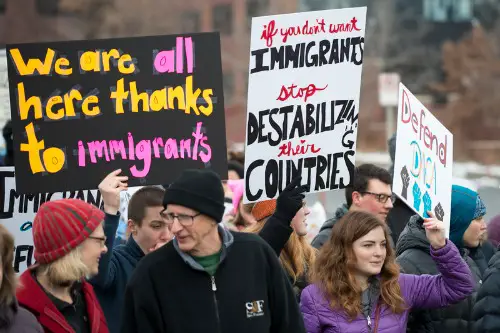
Being “American” used to imply a melting pot where everyone assimilated into a single cultural mold. But today, more people are embracing hyphenated identities—like Mexican-American, Asian-American, or African-American—as a source of pride. It’s not about choosing between cultures, but honoring both heritage and citizenship. This shift reflects a broader understanding of identity as layered, not singular.
Still, some people see this as a threat to national unity. They worry that too much emphasis on difference undermines what binds Americans together. But for many, it’s about expanding the definition of what it means to belong. The hyphen isn’t a divider—it’s a bridge.
2. English Is No Longer the Only Language in the Room

For generations, speaking English was seen as a key part of being American. Immigrants were expected to learn it quickly and leave their native languages behind. But now, multilingualism is on the rise, especially in cities and younger generations. Spanish, Mandarin, Tagalog, and Arabic are heard in schools, stores, and even government services.
This linguistic shift makes some people uncomfortable, fearing it signals a loss of national cohesion. But others see it as a strength—proof that America can be both diverse and united. After all, language is a tool, not a test of loyalty. And being American doesn’t mean forgetting where you came from.
3. Patriotism Looks Different Than It Used To
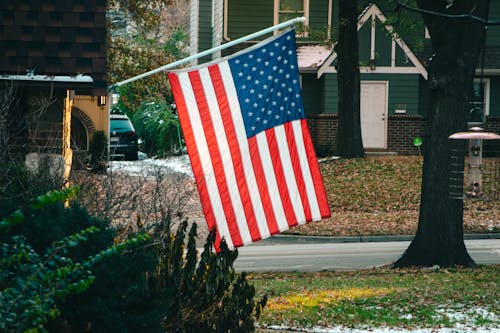
Waving the flag and standing for the anthem used to be the default expressions of patriotism. But today, younger Americans are redefining what it means to love their country. For some, it means protesting injustice, questioning institutions, or pushing for reform. They see critique not as betrayal, but as a form of care.
This makes some older generations uneasy, who equate patriotism with uncritical support. But the new wave argues that holding America accountable is the highest form of devotion. It’s not about tearing the country down—it’s about building it up to match its ideals. Love of country, they say, can look like dissent.
4. Religion Is No Longer a Defining Feature
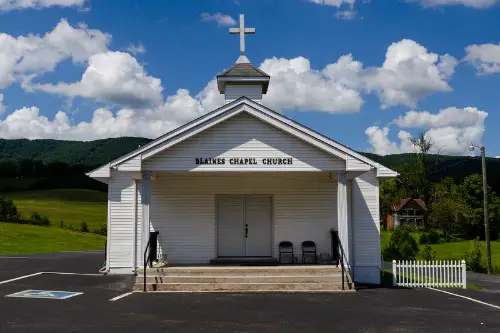
For much of U.S. history, being American was closely tied to being Christian—especially Protestant. Church attendance was high, and religious values shaped public life and policy. But now, the fastest-growing religious group in America is the “nones”—those who identify with no religion at all. Spirituality is becoming more personal, diverse, and optional.
This shift challenges the old assumption that faith is a cornerstone of American identity. Some worry it erodes moral foundations or national character. But others argue it opens space for pluralism and freedom of belief. After all, the First Amendment was always about choice—not conformity.
5. The Suburbs Aren’t the American Dream Anymore
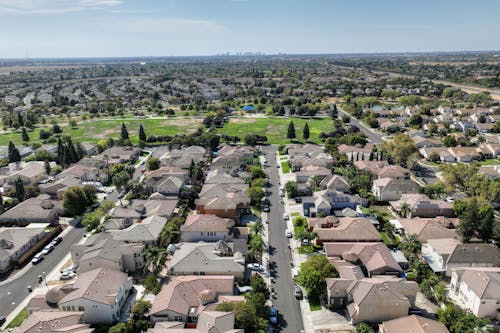
For decades, the ideal American life was a house in the suburbs, a car in the driveway, and a white picket fence. It symbolized stability, success, and middle-class values. But today, that dream feels out of reach—or even undesirable—for many. Rising costs, climate concerns, and changing lifestyles are pushing people toward cities, shared housing, or remote living.
This challenges a deeply ingrained image of what it means to “make it” in America. Some see it as a loss of tradition or ambition. But others view it as a necessary evolution toward sustainability and flexibility. The American Dream isn’t dead—it’s just moving into a loft downtown.
6. Race Is No Longer a Taboo Topic
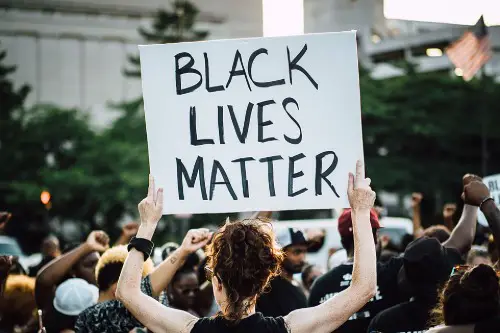
Talking openly about race used to be avoided in polite company. But now, conversations about systemic racism, privilege, and representation are front and center. Movements like Black Lives Matter have pushed these issues into the mainstream. More Americans are acknowledging that race shapes experience in ways that can’t be ignored.
This makes some people uncomfortable, especially those who were taught to be “colorblind.” But ignoring race doesn’t make inequality disappear—it just makes it harder to fix. The new American identity includes reckoning with history, not erasing it. It’s about seeing clearly, not pretending not to see.
7. Citizenship Isn’t Just About Paperwork Anymore

In the past, being American was mostly a legal status—you were born here or naturalized, and that was that. But now, people are asking deeper questions about what citizenship really means. Is it about voting? Paying taxes? Contributing to your community? The answers are getting more nuanced.
This shift is especially relevant in debates about immigration and belonging. Some argue that undocumented immigrants who work, raise families, and pay taxes are already American in spirit. Others insist that legal status is the only thing that counts. But the conversation is evolving, and so is the definition of who gets to claim the label.
8. The “Average American” Doesn’t Exist Anymore

There used to be a clear image of the “average American”—white, middle-class, married, and living in the heartland. That image shaped everything from politics to advertising. But demographically, that person is no longer the norm. America is more diverse, urban, and digitally connected than ever before.
This reality can be disorienting for those who felt represented by the old narrative. But it also opens the door to a richer, more inclusive national story. There’s no single way to be American anymore—and that’s the point. The center is shifting, and it’s making room for everyone.
This post What It Means to Be “American” Is Changing in These 8 Ways—and Not Everyone’s Ready was first published on American Charm.


